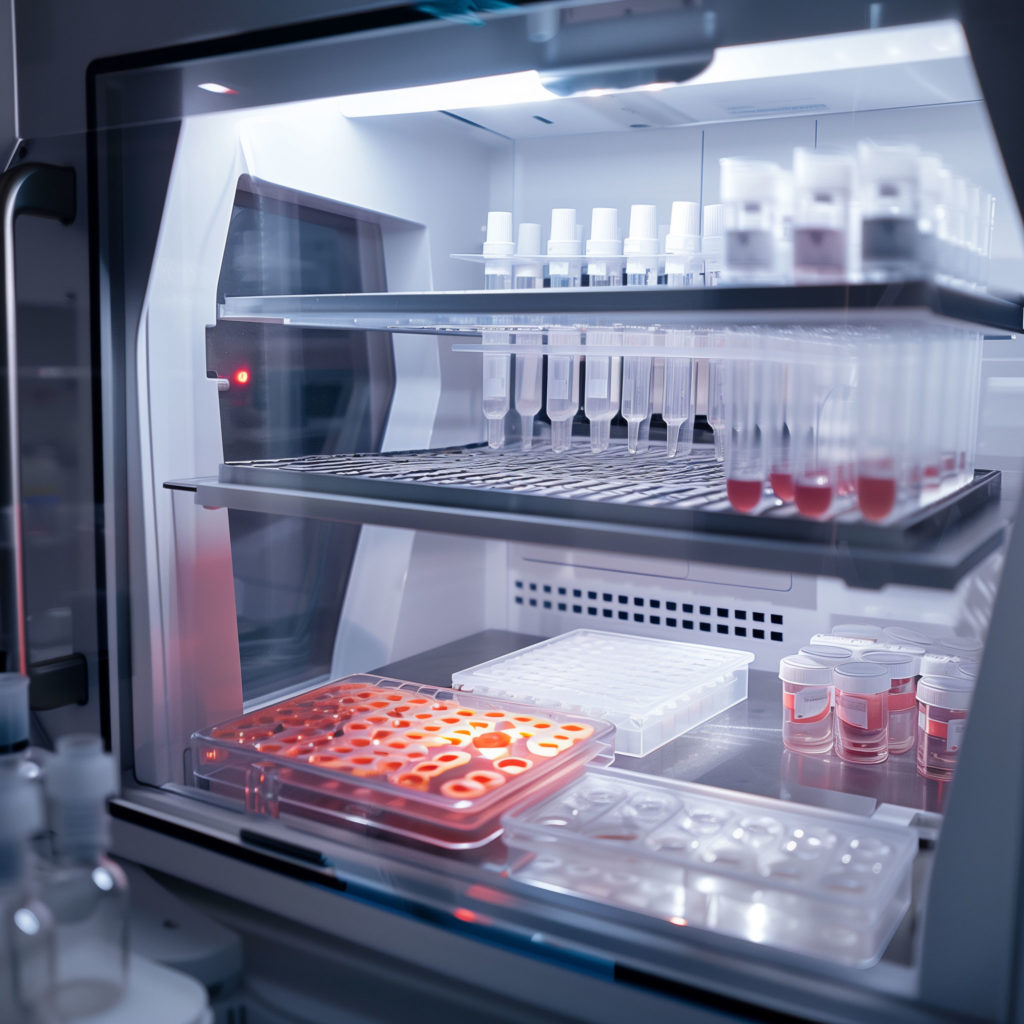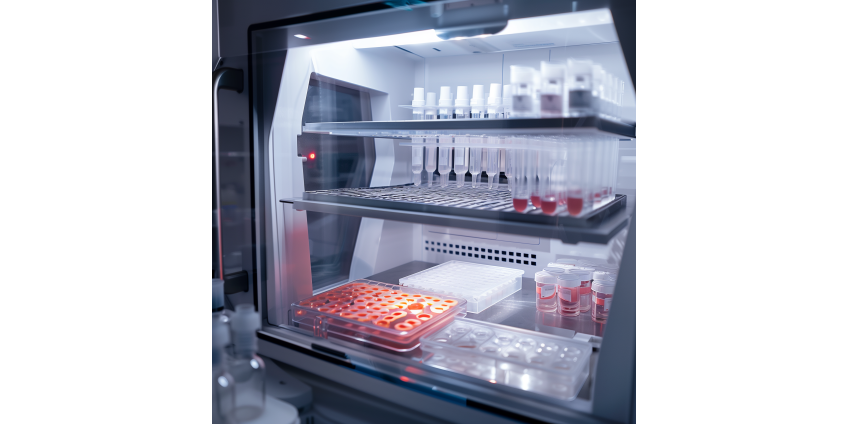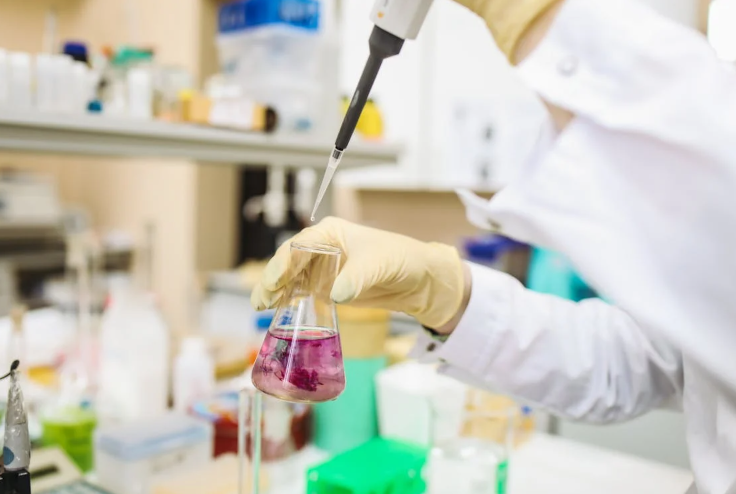In the rapidly evolving field of drug discovery, choosing the right cell model is crucial for developing effective cancer treatments. Traditionally, established cancer cell lines have been widely used due to their ease of culture and availability. However, primary-derived cancer cell lines, which are directly obtained from patient tumor samples, have gained significant attention for their numerous advantages. Here, we summarize several reasons why primary-derived cancer cell lines are a game-changer in the drug discovery process.
-
Closer recapitulate original tumors.
Primary-derived cancer cell lines better mimic the heterogeneity and mutational background found in actual patient tumors. This allows researchers to develop and test drugs in an environment that more closely resembles the human body, leading to more accurate predictions of a drug’s efficacy and safety. The use of #patientsamples in creating these cell lines ensures that the cellular models retain the unique mutational characteristics of the individual tumors.
-
Enhanced predictive power.
Results of #DrugDevelopment studies obtained using primary-derived cancer cell lines are more likely to translate effectively to clinical settings. These cell lines provide a more realistic response to treatments, reducing the high attrition rates seen in drug development. By bridging the gap between preclinical studies and clinical trials, primary cells play a vital role in #PrecisionMedicine.

-
Reduction of cell intrinsic drug resistance.
Established cell lines often develop resistance to treatments due to previous exposure to drugs and prolonged artificial culture conditions, dramatically changing their biological properties. Primary-derived cancer cell lines, being closer to their original state, are less prone to this issue. This enables a more accurate assessment of potential resistance mechanisms and the development of strategies to overcome them, thereby enhancing the drug discovery process for #cancer therapies.
-
Cost-effective and time-efficient.
While procuring and maintaining primary cell lines can be more challenging and expensive initially, the overall cost and time savings in the long run can be substantial. The improved predictive accuracy reduces the likelihood of late-stage drug failure, saving resources in #procurement and downstream development processes. Additionally, the use of #primarycells can streamline the drug discovery pipeline by providing more relevant data early in the research phase.
-
Innovations in drug discovery.
The integration of primary-derived cancer cell lines into drug discovery encourages #HealthcareInnovation. Researchers can explore novel therapeutic targets and develop personalized treatment regimens that cater to specific genetic and molecular profiles of tumors. This not only accelerates the discovery of new drugs but also enhances their effectiveness, paving the way for groundbreaking advancements in #Biotech and #DrugDiscovery.
-
Ethical and regulatory benefits.
Using patient-derived cells aligns with ethical considerations by reducing reliance on animal models and increasing the relevance of preclinical studies. This approach is also favorable in regulatory environments, as data derived from primary cell lines can provide robust evidence of a drug’s potential in humans, facilitating smoother regulatory approvals.
In conclusion, primary-derived cancer cell lines offer a more accurate, efficient, and innovative approach to cancer drug discovery. By harnessing the power of #patientsamples and focusing on #PrecisionMedicine, the biotech industry can significantly improve the success rates of new cancer treatments, ultimately benefiting patients and advancing the field of #HealthcareInnovation.















